Comments / Questions (36)
![]() Annette wrote:
Annette wrote:
Ist das richtig dass ich die Maschen sozusagen aus 4 Wollknäuel aufnehme? Also 4 Fäden zusammen?
02.04.2025 - 16:19DROPS Design answered:
Liebe Annette, ja richtig, hier strickt man mit 4 Fäden DROPS Air zusammen. Viel Spaß beim Stricken!
03.04.2025 - 08:15
![]() Hoffmann Anke wrote:
Hoffmann Anke wrote:
Ich weiß nicht, wieviel Wolle ich benötige und wieviel Maschen ich anschlagen muss. Trage die Konfektionsgröße 38.
29.01.2025 - 22:44DROPS Design answered:
Liebe Hoffmann, die benötigte gesamte Garnmenge finden Sie oben der Seite unter Tab "Anleitung", so z.B. in S und M brauchen Sie 400 g DROPS Air / 50 g das Knäuel = 8 Knäuel DROPS Air. Viel Spaß beim Stricken!
30.01.2025 - 10:12
![]() Victoria wrote:
Victoria wrote:
Hej! Hur räknar jag ut hur mycket garn jag behöver om jag ska byta ut fyra trådar Drops Air mot en tråd Drops Polaris?
09.12.2024 - 20:31DROPS Design answered:
Hei Victoria. Det kommer an på hvilken str du skal strikke, men du trenger mellom 9 (str S) og 13 (str. XXXL) nøster. mvh DROPS Design
10.12.2024 - 15:06
![]() Hanne Bork wrote:
Hanne Bork wrote:
Jeg vil gerne udskifte garnet til Nepal, så det ikke fnuldrer. Kan jeg det ? Og hvor mange nøgler skal jeg så bruge ? Jeg har prøvet garnomregneren men fik ikke et svar.
05.04.2024 - 19:13DROPS Design answered:
Hej Hanne, ja det kan du, brug vores omregner. Vælg DROPS Air, vælg antal gram i din størrelse og 1 tråd, så får du garnforbruget op i DROPS Nepal. (Nepal er tungere end Air, så hele arbejdet vil blive mere tungt) :)
09.04.2024 - 10:24
![]() Angela wrote:
Angela wrote:
The instructions say to increase in the moss stitch section, but Increase Tip 1 says the yo should be worked in stockinette. Where exactly is the yo supposed to go?
23.01.2024 - 00:25DROPS Design answered:
Hi Angela! The YO should be inside/next to the stitches in moss st, i.e. before or after the 6 stitches in moss st. YO = new stitch is then worked in stockinette (i.e. piece is widened but the edge is still 6 stitches in moss st pattern). Happy knitting!
23.01.2024 - 05:28
![]() Conny wrote:
Conny wrote:
Hallo, ich habe den Bolero gemäß der Maßskizze gestrickt. Aber ich weiß nicht was ich mit was zusammen nähen soll? Unten mit oben ? Oder rechts mit links?
11.12.2023 - 22:04DROPS Design answered:
Liebe Conny, legen Sie den Bolero flach, wie in der Maßskizze, dann nähen Sie die Seiten zusammen: die gestrichten Linien unten an den gestricthen Linien oben: die ersten 20 cm zu den letzten 20 cm und die angeschlagenen Maschen zu den abgekettenen Maschen. Viel Spaß beim stricken!
12.12.2023 - 09:01
![]() Sybill wrote:
Sybill wrote:
Guten Tag Frau, die Maße an der Skizze stimmen nicht überein mit der schriftlichen Anleitung. Sind an der Skizze Zentimeter angegeben? Vielen Dank
06.09.2023 - 02:54
![]() Sybill wrote:
Sybill wrote:
Hallo guten Tag, die Maße an der Skizze stimmen nicht überein mit der schriftlichen Anleitung. Sind an der Skizze Zentimeter angegeben? Vielen Dank
06.09.2023 - 02:52DROPS Design answered:
Liebe Sybill, die Maßen in der Skizze sind in cm angegeben: in 1. Größe z.B. werden 35 Maschen angeschlagen = ca 64 cm - dann werden 4 Maschen (= ca 7 cm) beidseitig angeschlagen so sind es 7+64+7= 78 cm in der Breite. Kann das Ihnen helfen?
06.09.2023 - 09:21
![]() Karen Christensen wrote:
Karen Christensen wrote:
Kan man bruge opskriften med samme garn og pind 8 ??
08.09.2022 - 20:14DROPS Design answered:
Hej Karen, Da skal du finde en opskrift med en strikkefasthed på 10-11 masker på 10 cm og bruge 2 tråde DROPS Air (i stedet for 4 tråde) : Skulderstykke - 9-11 m
09.09.2022 - 11:52
![]() Lilly Vitsák wrote:
Lilly Vitsák wrote:
Finnes det en oppskrift på dette plagget i et tynnere garn enn 4-tråder air? Har lyst å lage en slik men syns det blir for tykt å strikke med nevnte garnalternativ.
21.08.2022 - 19:07DROPS Design answered:
Hei Lilly, Hvis du bruker søkeboksen med stikkord du trenger, får du opp alle oppskrifter som passer dine stikkord. God fornøyelse!
22.08.2022 - 10:35
Perfect Day#perfectdayshrug |
|||||||
 |
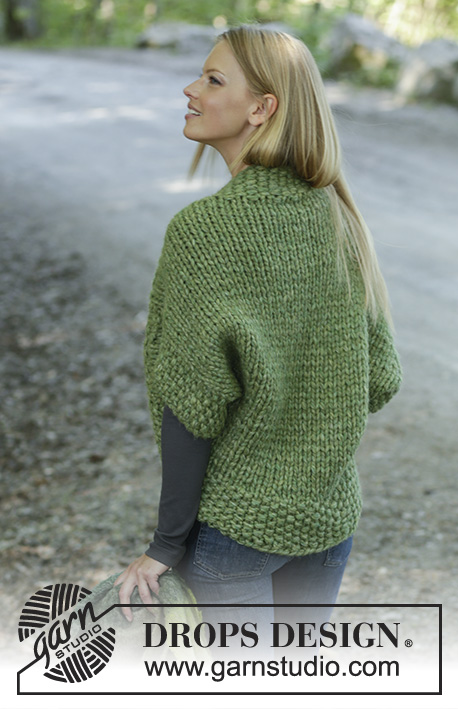 |
||||||
Knitted shoulder piece in 4 strands DROPS Air. The piece is worked top down with stockinette stitch and moss stitch. Sizes S - XXXL.
DROPS 196-16 |
|||||||
|
------------------------------------------------------- EXPLANATIONS FOR THE PIECE: ------------------------------------------------------- MOSS STITCH: ROW 1: * Knit 1, purl 1 *, work from *-*. ROW 2: Purl over knit and knit over purl. Repeat row 2. INCREASE TIP-1: All increases made from the right side! Increase 1 stitch by making 1 yarn over. On the next row purl the yarn over twisted to avoid a hole. Then work new stitch in stockinette stitch. INCREASE TIP-2 (evenly spaced): To work out how to increase evenly, count the total number of stitches on the needle (e.g. 82 stitches) minus the 2 stitches in moss stitch in each side (= 4 stitches) and divide the remaining stitches by the number of increases to be made (e.g. 10) = 7.8. In this example, increase by making 1 yarn over alternately after each 7th and 8th stitch (approx.). On the next row work the yarn overs twisted to avoid holes. ------------------------------------------------------- START THE PIECE HERE: ------------------------------------------------------- SHOULDER PIECE - SHORT OVERVIEW OF THE PIECE: The piece is worked back and forth with circular needle, top down and sewn together in sides under the sleeves. SHOULDER PIECE: Cast on 35-37-37-39-39-41 stitches with circular needle size 20 mm = US 36 and 4 strands Air. Work MOSS STITCH - read description above, for 10 cm = 4" – adjust so that the next row is worked from the right side. Now work pattern as follows: 2 stitches in moss stitch, stockinette stitch until there are 2 stitches left, 2 stitches in moss stitch. REMEMBER THE KNITTING GAUGE! When the piece measures 20 cm = 8" cast on 4 new stitches at the end of the next 2 rows for sleeves = 43-45-45-47-47-49 stitches. Continue with pattern as follows: 6 stitches in moss stitch, stockinette stitch until there are 6 stitches left, 6 stitches in moss stitch. When the piece measures 37-38-39-40-41-42 cm = 14½"-15"-15¼"-15¾"-16⅛"-16½" increase 1 stitch inside the 6 stitches in moss stitch in each side - read INCREASE TIP-1. Increase like this every 6 cm = 2⅜" a total of 3 times (= 6 stitches increased) = 49-51-51-53-53-55 stitches. When the piece measures 34-36-38-40-42-44 cm = 13⅜"-14¼"-15"-15¾"-16½"-17¼" from where you cast on stitches for sleeves, bind off 4 stitches at the beginning of the next 2 rows for sleeves = 41-43-43-45-45-47 stitches. Continue with stockinette stitch and 2 stitches in moss stitch in each side until the piece measures 10 cm = 4" from where you bind off stitches for sleeves. Knit 1 row where you increase 10-10-12-12-14-14 stitches evenly over the stitches in stockinette stitch - read INCREASE TIP-2 = 51-53-55-57-59-61 stitches. Now work moss stitch over all stitches for 10 cm = 4". Bind off with purl over knit and knit over purl. If the bind-off edge is tight you can make 1 yarn over after each 4th stitch (yarn overs bind off as normal stitches). ASSEMBLY: Sew sleeve and side seams in one go – see broken line in sketch. Sew in outermost loop of outermost stitch so the seam is flat. |
|||||||
Diagram explanations |
|||||||
|
|||||||
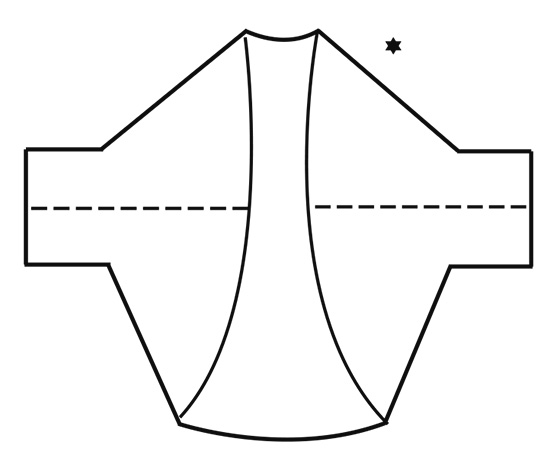
|
|||||||

|
|||||||
Have you finished this pattern?Tag your pictures with #dropspattern #perfectdayshrug or submit them to the #dropsfan gallery. Do you need help with this pattern?You'll find 19 tutorial videos, a Comments/Questions area and more by visiting the pattern on garnstudio.com. © 1982-2025 DROPS Design A/S. We reserve all rights. This document, including all its sub-sections, has copyrights. Read more about what you can do with our patterns at the bottom of each pattern on our site. |
|||||||







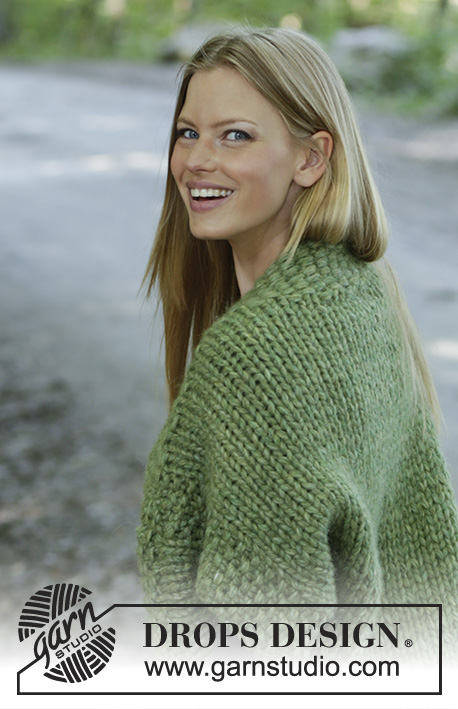
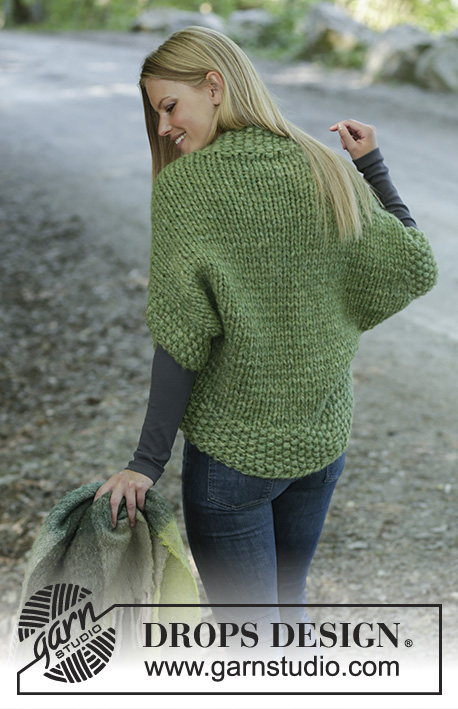
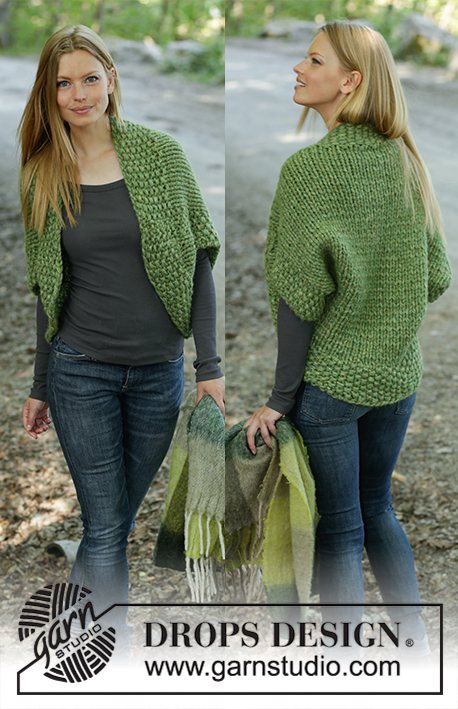

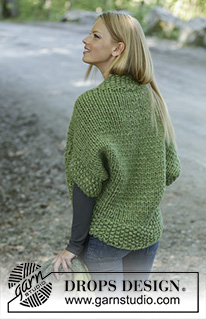
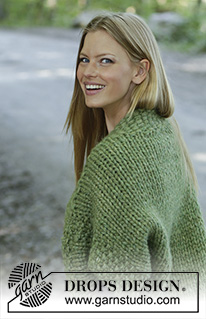
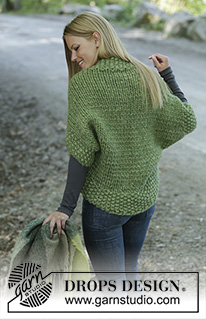
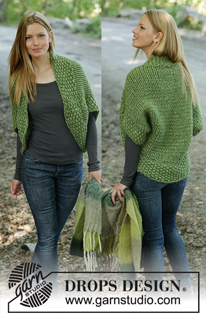






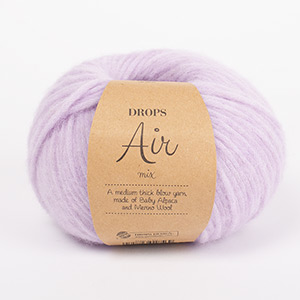
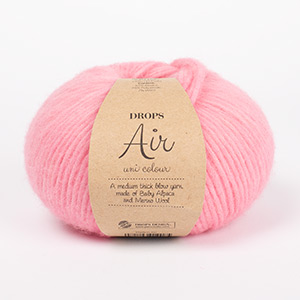
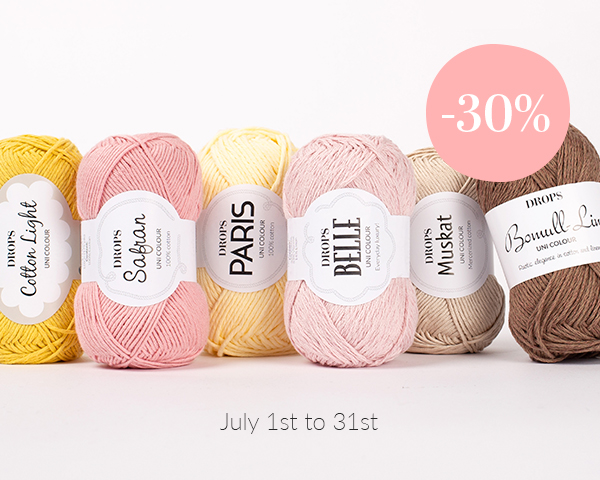

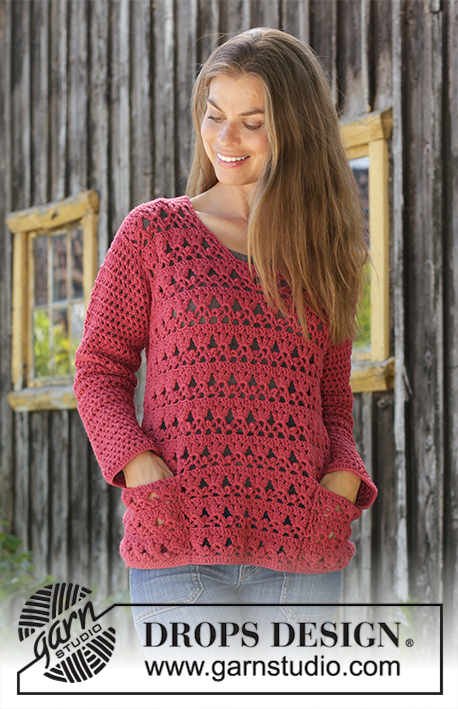

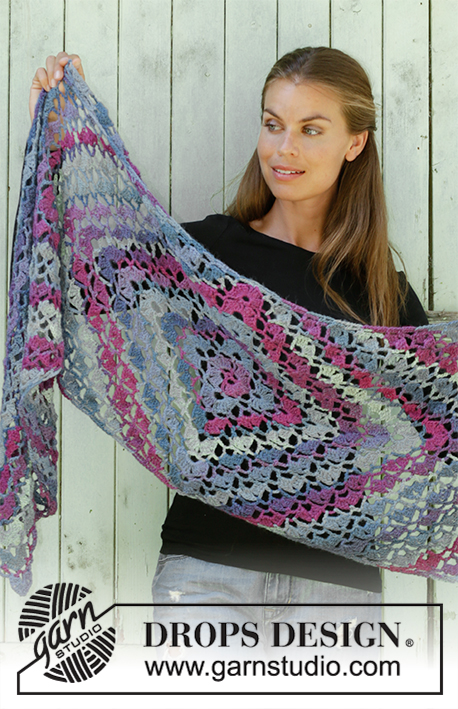
































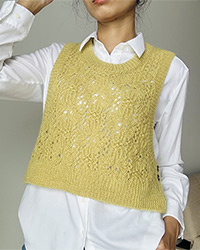

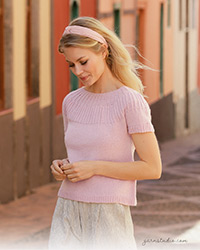
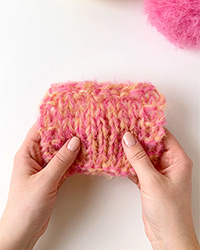
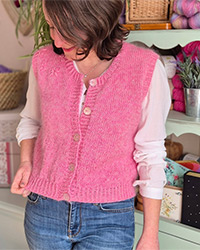
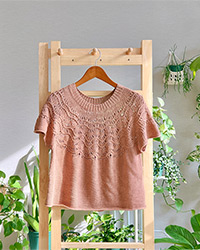
Post a comment to pattern DROPS 196-16
We would love to hear what you have to say about this pattern!
If you want to leave a question, please make sure you select the correct category in the form below, to speed up the answering process. Required fields are marked *.